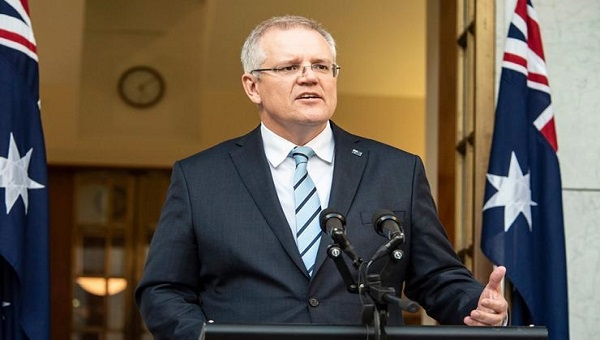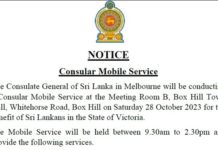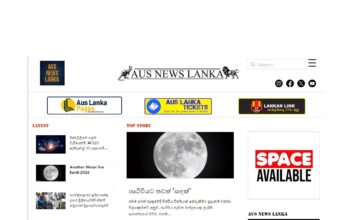The Australia government will cut the JobKeeper wage subsidy at the end of September to $1200 a fortnight for full-time workers and to $750 for part-time workers, down from the current single rate of $1500.
The scheme is being extended for six months, until March 28 next year, but will be revised down further at the start of January to $1000 for full-time workers and $650 for part-time employees working 20 hours a week or less.
The JobSeeker coronavirus supplement will also be reduced at the end of September from $550 to $250 a fortnight, meaning those without a job will have their payments cut back to about $800 a fortnight under the unemployment scheme.
The rate of JobSeeker, formerly known as Newstart, was about $560 a fortnight before the pandemic. This was increased to $1100 with the supplement that was due to end in September, alongside the wage subsidy scheme.
The reduced supplement will be added to welfare payments until the end of the year, when the government will reassess the economic situation, but Prime Minister Scott Morrison said the government anticipates it’s likely there “would need to be some continuation of the COVID supplement post-December”.
Mr Morrison announced the changes to the economic support schemes in Canberra on Tuesday morning and defended the initial single rate of the JobKeeper wage subsidy, which resulted in many part-time employees receiving a pay rise.
“We made the conscious decision to have a flat rate payment [when introducing JobKeeper] because we understood at that time that people were losing second and third jobs,” he said, noting employees were only eligible to receive the subsidy from one employer.
“We were effectively using private payrolls to deliver social support to Australians. If people who had been on reduced hours and part-time employment had otherwise not been receiving that JobKeeper payment, they would have been lining up at Centrelink,” he said.
“Ensuring we had one flat payment across the entire labour force ensured that we were protecting our social security system and you will also remember the great strains that that system was under early during the crisis.”
Now, he said, there was the capacity to have a two-tiered system of payments “that was not available to the government back in April”.
A recent review of the JobKeeper scheme by Treasury found a “strong” case to extend the subsidy past its legislated date to help businesses and workers hit by the shutdowns imposed to stop the spread of coronavirus. About 3.5 million workers are supported by the subsidy.
Businesses with turnover up to $1 billion were required to show a 30 per cent drop, while those with more than $1 billion had to show a 50 per cent decline to be eligible for the scheme.
Companies will face the same eligibility test at the end of September and again at the start of January. They have to meet the relevant decline in turnover in both the previous quarters to be eligible for the JobKeeper payment from October and in each of the previous three quarters ending on December 31 to remain eligible for the wage subsidies until March.
When the coronavirus supplement for welfare recipients is reduced to $250 for the last quarter of the year, Mr Morrison said the government will increase the income-free threshold for those on the dole to allow recipients to earn up to $300 without affecting their JobSeeker payments.
The extension of the coronavirus welfare supplement at the reduced rate will cost $3.8 billion, bringing the total cost of the program to $16.8 billion.















